| |
Highlights
Curli proteins are found in many bacteria and bind together into groups called amyloids, which may play a role in inflammation, autoimmunity, and neurodegenerative diseases. For the first time, these researchers found curli proteins in the intestines of mice during Salmonella infection. The mice with curli proteins showed signs of inflammation when compared to uninfected mice. This research highlights the different lifestyles bacteria may have in the gut. Salmonella typically invades the blood and internal organs
(sterile tissues)
while other bacteria maintain a sedentary lifestyle in the gut. This research shows it is possible for bacteria to have both lifestyles to cause efficient disease.
The
Centers for Disease Control and Prevention
estimate that 48 million people get sick with
foodborne illnesses
each year in the United States. Researchers have identified over 250 pathogens that can cause foodborne illness, also known as food poisoning. Common symptoms of foodborne illness include nausea, vomiting, stomach cramps, and diarrhea. Symptoms range from mild to severe, depending on the cause of illness and underlying health conditions.
One of the most common causes of foodborne illness is a class of bacteria known as Salmonella. According to the
Centers for Disease Control and Prevention,
Salmonella is responsible for 1.35 million infections, 26,500 hospitalizations, and 420 deaths in the United States each year. The most common symptoms of Salmonella poisoning include fever, stomach cramps, and diarrhea, usually lasting 4-7 days. In about 5% of cases, acute Salmonella poisoning can lead to an
autoimmune
condition called
reactive arthritis.
Reactive arthritis is characterized by swelling and
inflammation
of the joints following bacterial infection.
It is unknown why some people develop reactive arthritis and others do not. One hypothesis is the development of reactive arthritis is related to a specific protein produced by the Salmonella bacteria known as curli. Curli has been shown to bind together into groups called
amyloids,
which have been associated with
neurodegenerative diseases
in the brain such as
Alzheimer's disease.
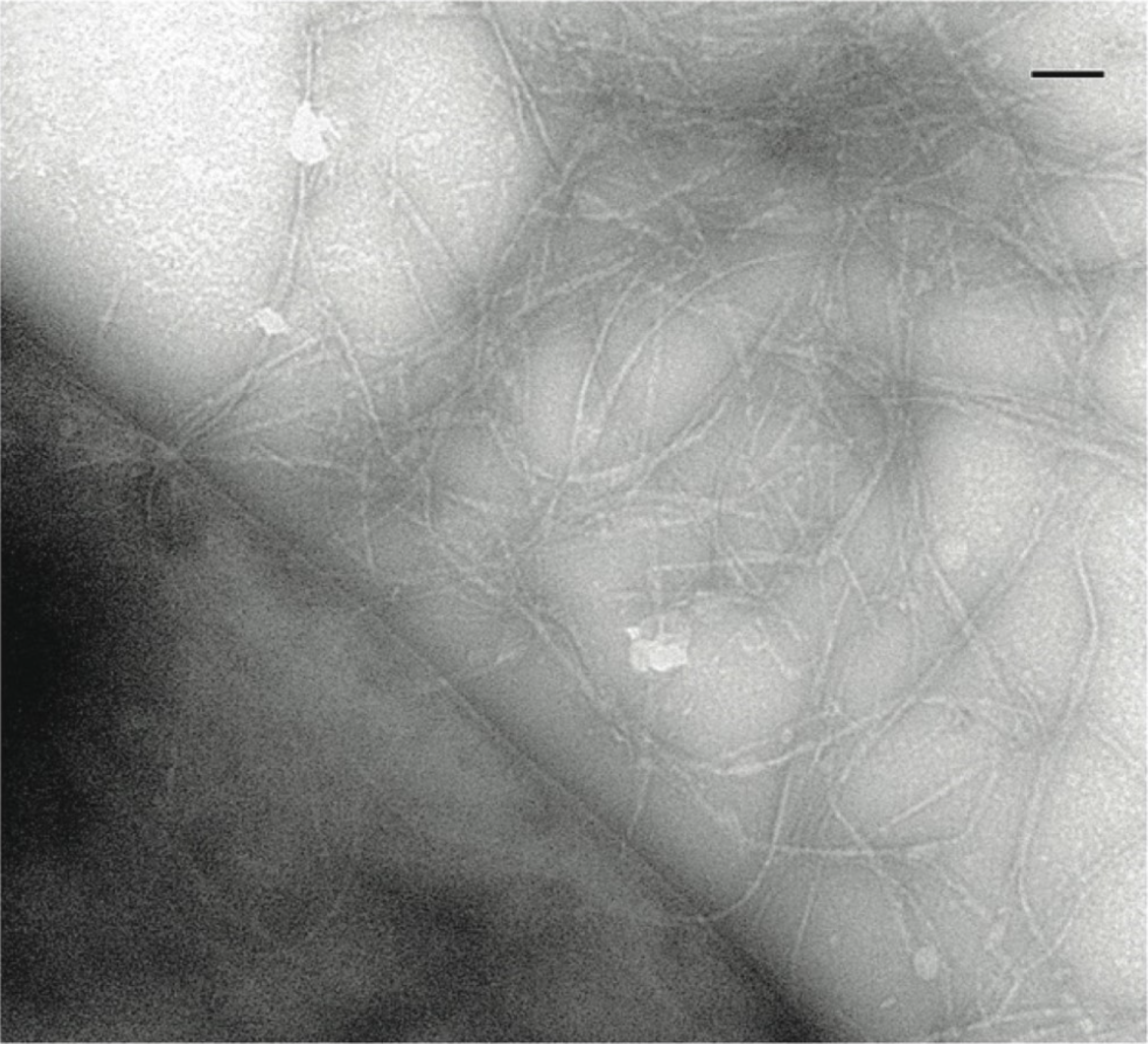
Figure 1. Image of curli proteins under the microscope
[Source: Image courtesy of Dr. Çagla Tükel and Dr. Aaron White]
Due to the possible relationship between curli and inflammation in diseases such as reactive arthritis, the curli protein has been intensely studied for several decades. Two preeminent curli researchers are Dr. Aaron White, Research Scientist at the Vaccine and Infectious Disease Organization at the University of Saskatchewan in Canada, and Dr. Çagla Tükel, Associate Professor of Microbiology and Immunology at Temple University in Philadelphia, Pennsylvania.
Dr. White conducted his doctoral training in the laboratory that co-discovered the curli protein. He has always been fascinated by this protein, which is commonly found in many types of bacteria including Salmonella and Escherichia coli. Curli proteins are one of the primary proteins found in
biofilms,
a slimy plaque that protects bacteria from environmental changes. One type of biofilm you might be familiar with is dental plaque that forms on your teeth.
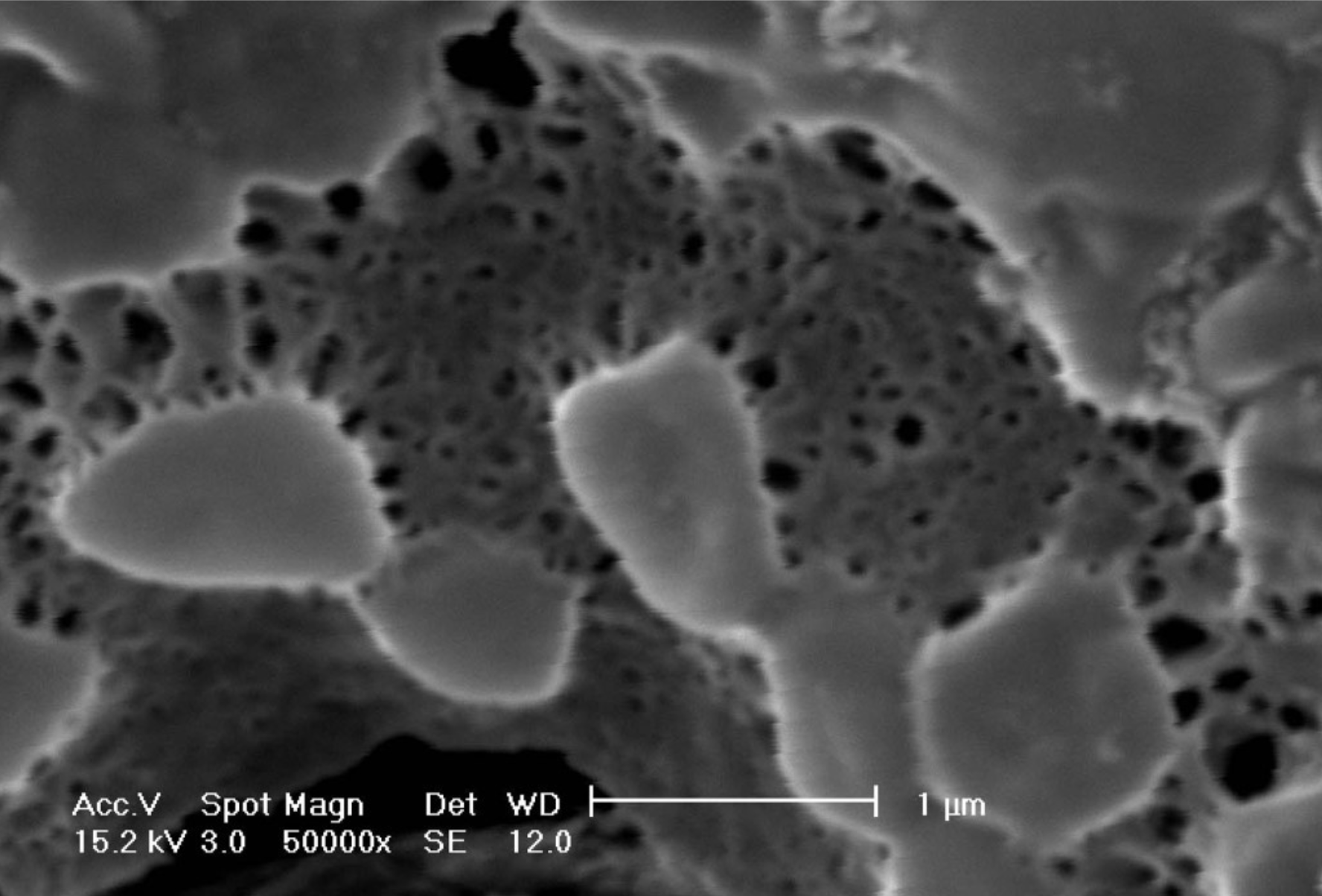
Figure 2. Curli biofilms under the microscope
[Credit: Image courtesy of Dr. Çagla Tükel and Dr. Aaron White]
Dr. White has focused his research on understanding biofilms and specifically the curli protein. “It is really rare for a protein like this to be shared so widely across so many kinds of bacteria,” commented Dr. White. “That's why this question has been nagging at me: what is curli for?”
Dr. Tükel is interested in understanding curli because her research focuses on the role of amyloid proteins in infections. Dr. White and Dr. Tükel met at a conference on Salmonella research and realized they were both working on similar projects. They decided to collaborate to better understand curli and its role in biofilms, amyloids, and infection.
One of the goals of their collaboration has been to show that curli proteins are produced in living organisms. To do this, they exposed mice to the strain of bacterial Salmonella called Typhimurium and analyzed the mice for curli production.
Dr. Tükel and Dr. White treated a total of 12 mice with the bacteria S. Typhimurium. Half of the mice were first treated with the antibiotic streptomycin to remove all bacteria from the gut, both good and bad. Pretreatment with antibiotics creates an inflamed state in the gut that resembles the human gut during a Salmonella infection.
The researchers used several methods to detect curli production in the mice such as stool samples and tissue samples of the organs of the digestive tract including the large intestine
(cecum
and
colon),
small intestine
(jejunum
and
ileum),
and liver. After analyzing these samples, the researchers found curli production in 5 out of 6 pretreated mice and 2 out of 6 mice who were not given pretreatment with antibiotics.
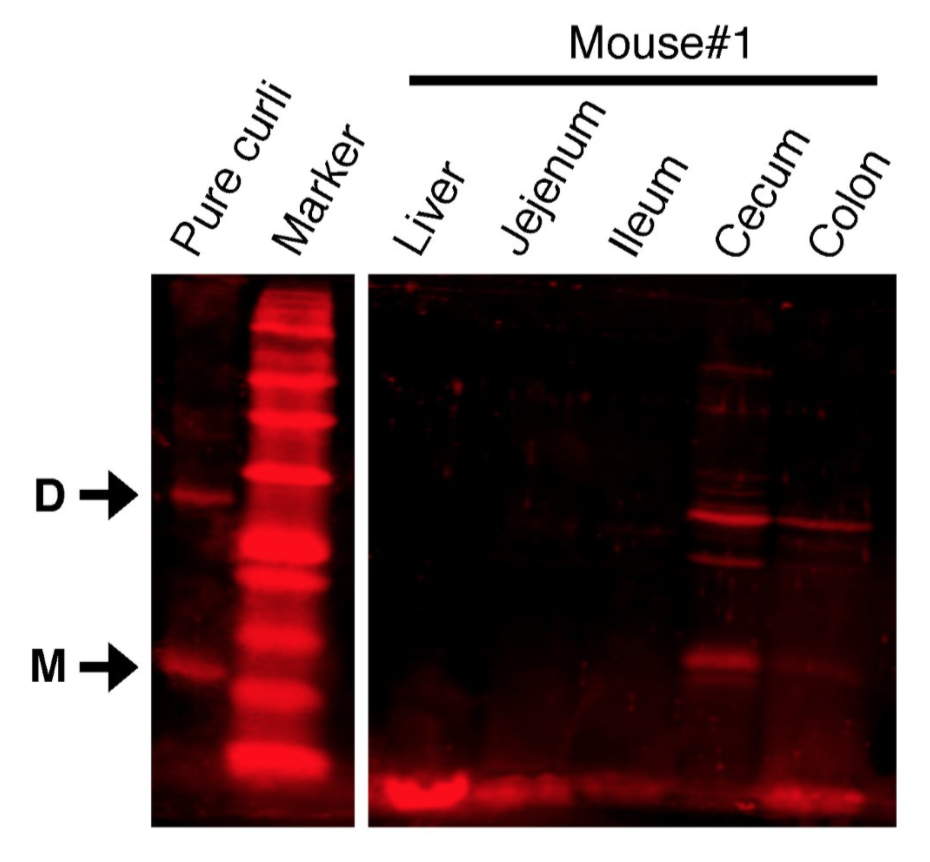
Figure 3. Mice were infected with Salmonella and 4 days later, proteins were extracted from the internal organs. The researchers detected curli as a single molecule (monomer, M) and as two molecules together (dimer, D) in the cecum and colon of infected mice.
[Credit: Image courtesy of Dr. Çagla Tükel and Dr. Aaron White]
In addition, to make sure that no other Salmonella bacteria already present in the gut might be responsible for the curli the researchers detected, they tested eight control mice for curli production. All eight control mice were negative for curli, indicating that the S. Typhimurium infection was the source of the curli proteins.
These were extraordinary results. Curli proteins had been talked about for several decades but had been notoriously difficult to detect. “We had been working on this for so long,” recalled Dr. White. “I could hardly believe my eyes when I saw the curli proteins there.”
Since curli has been associated with the
immune response
in previous research conducted by Dr. Tükel, the researchers also looked for signs of inflammation in mice with curli protein in their intestines. They found elevated levels of inflammation in these mice compared to uninfected mice. “Almost all of us have bacteria in our gut that produce biofilms that may contain curli or curli-like amyloids,” explained Dr. Tükel, “and most of the time curli doesn't cause any problems. It is only when there is a breach in the lining, as occurs during infection, that curli can get out and lead to inflammation.”
Dr. Tükel believes that when curli circulates in the system, it causes inflammation and may be interacting with human amyloids producing amyloid plaques. The possibility of a connection between amyloid structures in the gut and the brain are one avenue of future research that could increase our understanding of neurodegenerative diseases.
Another important finding from this study is that bacteria can have different lifestyles depending on where they are in their life cycle. This is the first time researchers have evidence that bacteria can utilize more than one lifestyle at once. Salmonella is typically considered to be a mobile bacterium, meaning that it moves around rather than staying in one place. Biofilms are an indication of a more sedentary lifestyle, suggesting that biofilm-producing Salmonella bacteria employ two different lifestyles. “It is like the bacteria are hedging their bets,” commented Dr. Tükel. “The biofilm is there in case the bacteria have to stay with this host for a while. On the other hand, the bacteria are expecting to leave the host through diarrhea and then move on to the next host.”
The most immediate next step for this research is to show that curli proteins are produced in larger animal models and then eventually in humans.
Dr. Çagla Tükel is Associate Professor of Microbiology and Immunology at the Lewis Katz School of Medicine at Temple University in Philadelphia, Pennsylvania. Her research focuses on the development of amyloid plaques and the role of amyloids in infection. When not in the laboratory, Dr. Tükel enjoys outdoor activities like hiking, camping, and fishing, and spending time with her family.
Dr. Aaron White is Research Scientist at the Vaccine and Infectious Disease Organization - International Vaccine Centre at the University of Saskatchewan in Canada. His research focuses on Salmonella transmission, biofilm production, and the interactions between hosts and pathogens. When not in the laboratory, Dr. White enjoys aikido, hockey, beaches, and spending time with his four kids, two cats, hamster, and new puppy.
For More Information:
- Miller, A. et al. 2020. “In vivo synthesis of bacterial amyloid curli contributes to joint inflammation during S. Typhimurium infection.” PLoS Pathogens. https://journals.plos.org/plospathogens/article?id=10.1371/journal.ppat.1008591
To Learn More:
- Tükel laboratory. https://sites.temple.edu/tukellab/contact
- White laboratory. https://www.researchgate.net/lab/Aaron-P-White-Lab
Foodborne Illness
- Centers for Disease Control and Prevention. https://www.cdc.gov/foodsafety/foodborne-germs.html
- United States Food and Drug Administration. https://www.fda.gov/food/consumers/what-you-need-know-about-foodborne-illnesses
- United States Department of Agriculture. https://www.fsis.usda.gov/wps/portal/fsis/topics/food-safety-education/get-answers/food-safety-fact-sheets/foodborne-illness-and-disease
- World Health Organization. https://www.who.int/health-topics/foodborne-diseases#tab=tab_1
Salmonella
- Centers for Disease Control and Prevention. https://www.cdc.gov/salmonella/general/salmonella-symptoms.html
- Mayo Clinic. https://www.mayoclinic.org/diseases-conditions/salmonella/symptoms-causes/syc-20355329
Reactive Arthritis
- Mayo Clinic. https://www.mayoclinic.org/diseases-conditions/reactive-arthritis/symptoms-causes/syc-20354838
- American College of Rheumatology. https://www.rheumatology.org/I-Am-A/Patient-Caregiver/Diseases-Conditions/Reactive-Arthritis
Written by Rebecca Kranz with Andrea Gwosdow, PhD at www.gwosdow.com
HOME | ABOUT | ARCHIVES | TEACHERS | LINKS | CONTACT
All content on this site is © Massachusetts
Society for Medical Research or others. Please read our copyright
statement — it is important. |
|
|
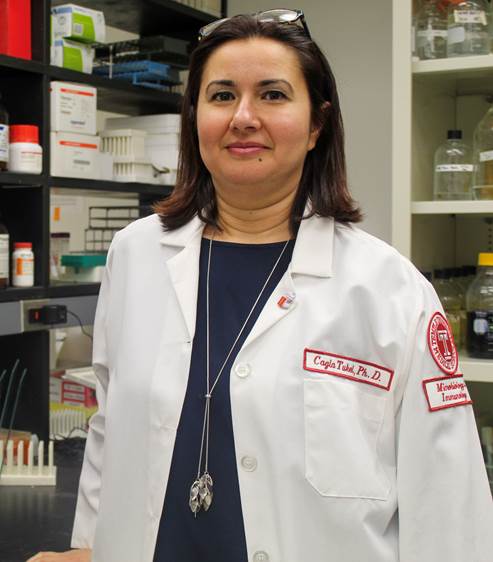
Dr. Çagla Tükel
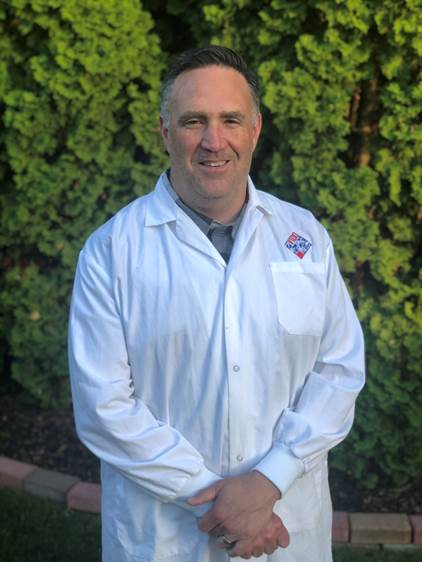
Dr. Aaron White
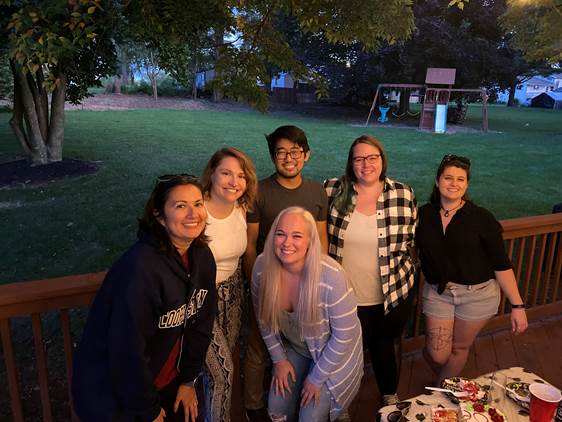
Dr. Tükel and her lab members

Dr. White and his lab team: Akosiererem Sokaribo (front row), Melissa Palmer, Elizabeth Hansen, Dr. White, Ryan Krochak (back row, left to right)
Sign Up for our Monthly Announcement!
...or  subscribe to all of our stories! subscribe to all of our stories!

What A Year! is a project of the Massachusetts
Society for Medical Research.
|
|

